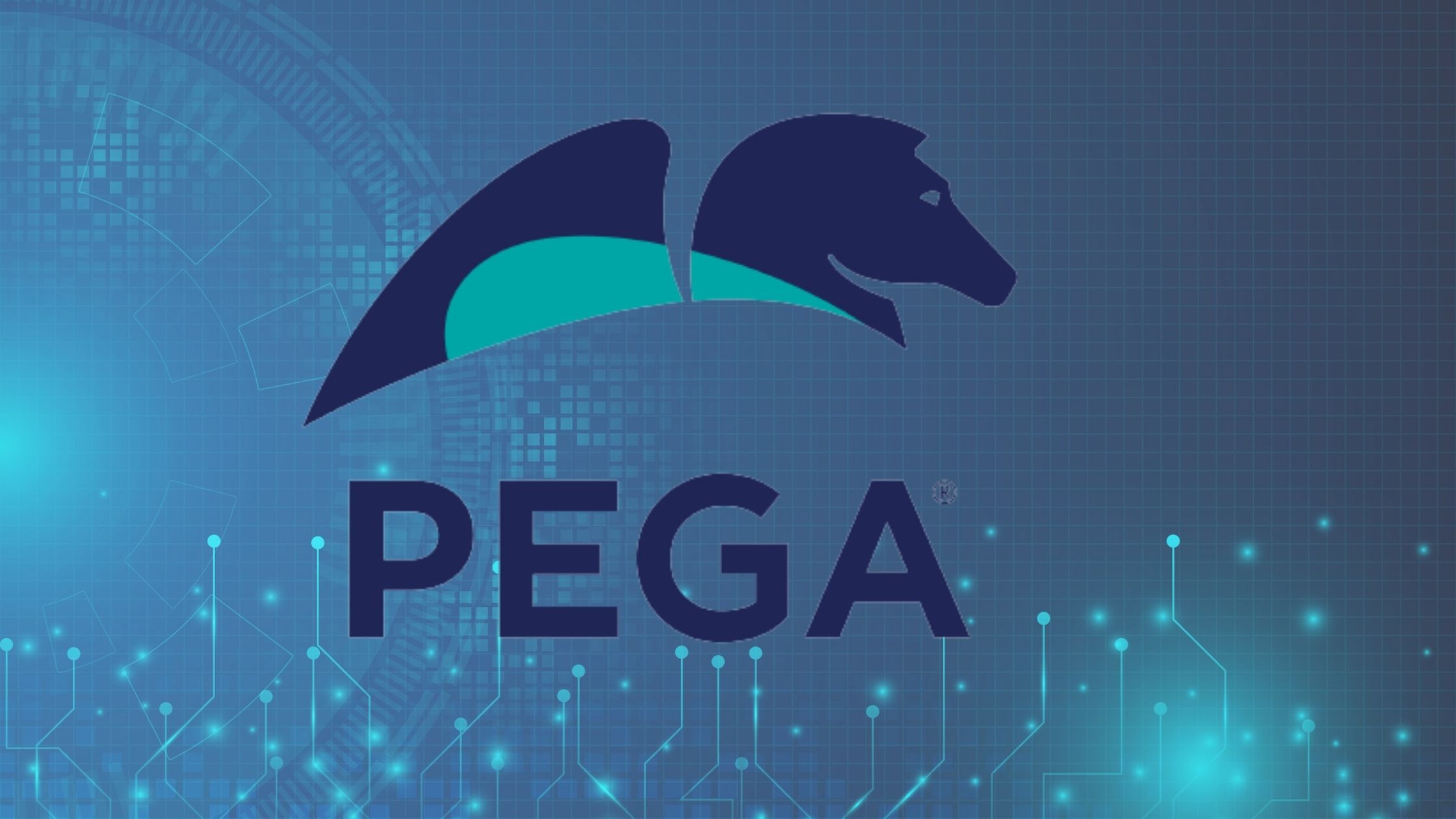Pega PRPC is a leading cloud software platform that mainly focuses on customer engagement and operational excellence. It is under Pega-systems Inc. that develops platforms for CRM, BPM, and digital process automation for enterprises. Pega Platform is developed to provide best-in-class, easy, and quickly build applications. Moreover, deploying the Pega Platform on Amazon AWS gives the benefit of the flexibility of the Pega Platform Cloud option.
In this blog, we are going to discuss the general instructions for building a classic Pega Platform environment on AWS.
Pega platform deployment ecosystem
The following are the most usual Pega Platform environments that are deployed to AWS:
- Building a single-node or test domain is the simplest configuration. It generally includes a single Amazon Elastic Compute Cloud (Amazon EC2) instance with the Pega Platform enabled. Moreover, it also includes an Amazon Relational Database Service or Amazon RDS instance it. Besides, this configuration is useful for testing a proof-of-concept in general.
- Generally, a shared test environment consists of several Amazon EC2 instances, an Amazon RDS instance, along an AWS Elastic Load Balancer (AWS ELB) to support creation across different teams. Here, we can use auto-scaling for the high availability of service.
- Usually, an advanced multi-layer ecosystem is useful for production implements or pre-production testing. In this environment, individual layers of servers are added to direct particular needs like front-end and back-end processing, and database services.
Best Practices and Presumptions
The following are the directions for it:
- The user has access to the AWS Management Console or AMC.
- The users will use Amazon RDS for PostgreSQL. If they choose to use another supported database, the general content within this post still applies to the user’s environment.
- Furthermore, within the same AWS area, all Pega Platform resources are provisioned.
- All the AWS and Pega Platform resources are held within a single Amazon Virtual Private Cloud or VPC.
- A single Pega Platform node is included within each Amazon EC2 instance.
Point to Note: The Amazon RDS service does not allow installing any user-defined functions (UDFs). Therefore, before the user lodges this platform, he needs to set (bypass.udf.generation=true) under the (setup database.properties) file.
Get more skills on the Pega platform from an expert’s voice through Pega Online Course.
Pre-requirements of device
Before continuing further in Pega Platform deployment, we have to ensure that we have access to the below things:
- Access to installing the Pega Platform file.
- A JDK backup file.
- A proper backup or support for the app server.
- A JAR file access through JDBC driver.
Typical ecosystems
Each of the usual environments must include similar components with enhancing complex jobs.
Test environment to build Pega Platform
The reference environment for building tests offers a small Pega Platform ecosystem at a lower price. This setup is best suitable for proof-of-concept creation and testing the platform. The below image helps us to get knowledge of a simple development environment using a single AWS EC2 instance.
Amazon AWS resources for Pega Platform:
The following are the various resources available for deploying the Pega platform. ;-
- AWS area — an independent or single area is useful for all AWS resources.
- Amazon VPC — all available resources for this environment exist within an independent Amazon VPC.
- AWS EC2 instance— the test ecosystem requires only an independent AWS EC2 instance that executes all Pega Platform roles overall.
- Amazon RDS instance —All Pega Platform database assets exist within a single database.
- Availability zone — an independent availability zone is useful for the Amazon EC2 and the Amazon RDS instance.
- Security groups — the said environment consists of two security groups to build several security zones for each layer. Moreover, there are two separate security groups for each zone;
- An individual security group/community for the AWS EC2 instance
- Individual security community for the Amazon RDS instance
Development environment
The following general steps will help us to build a testing environment with the use of the AWS Management Console (AMC):
Begin a single Amazon EC2 instance that meets the following basic needs:
- Kind of instance — m4.large
- Memory — There is an availability of a minimum of 10 GB of disk space. It also includes a minimum of 8 GB space within the temporary Dir. of the root file system.
- Security group — develop a new security community or group. Open all ports need to allow traffic into the user app server. And to allow for remote access for the admin.
- Start a single Amazon RDS instance that meets the below stated basic needs:
- Area — here also users can use the same AWS area as used in the EC2 instance.
- An Availability zone — Users can use the same availability zone as used within the AWS EC2 instance.
- A DB Instance class — A size of db.m4.large
- Security community— Build a new security batch. And open all ports necessary to enable traffic into the Amazon RDS instance from the app server. Moreover, it also allows the same for remote access for administration.



